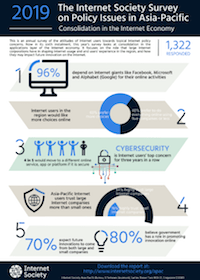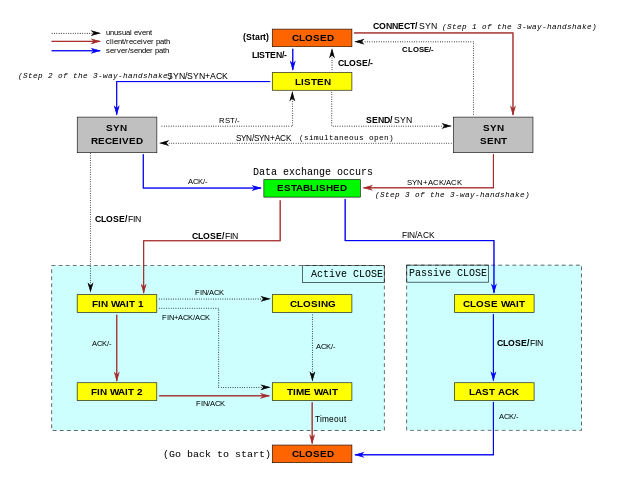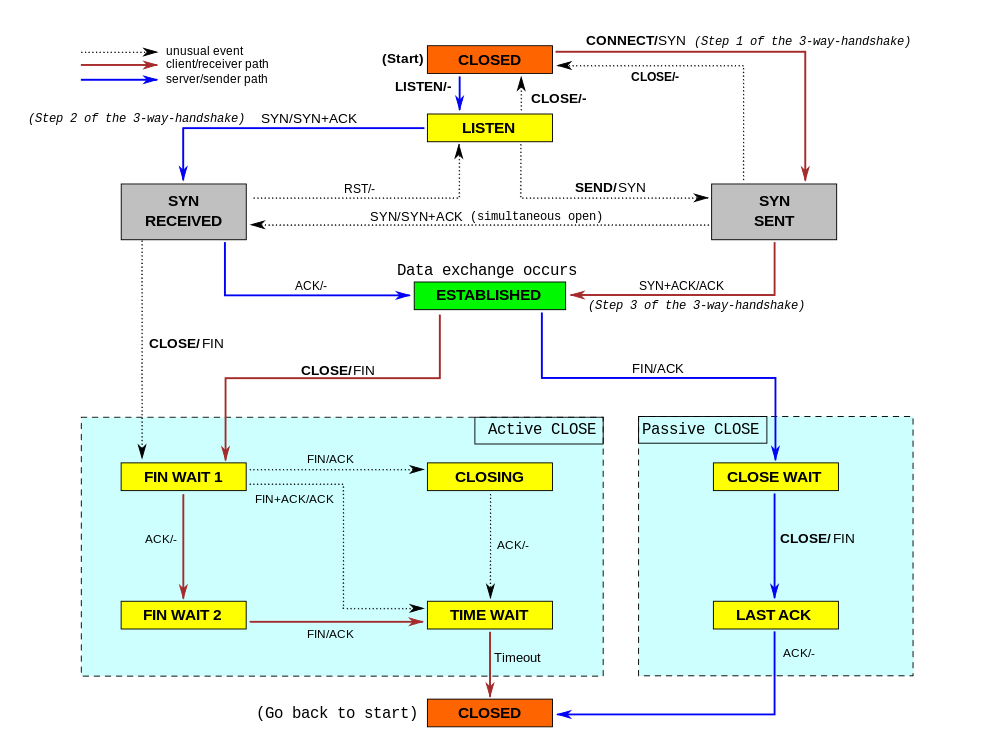0

The Internet is changing. Consolidation in the Internet economy, the topic of the Global Internet Report 2019, might be the source of ongoing shifts in its underlying infrastructure and the way users engage, among many other things.
Clearly, the growing presence of big Internet platforms can benefit the user by offering seamless Internet experiences, but it could also harm innovation, competition, and the Internet’s broader architecture, says the report, which marks the start of the Internet Society’s efforts to examine this issue.
The Internet in Asia-Pacific is no exception. A few corporations – including Facebook and Tencent in social networking, Google and Baidu in search, and Amazon and Alibaba in online shopping – dominate large parts of the Internet, benefitting people while raising similar questions about what it means for the Internet’s fundamental properties.
This year’s Survey on Policy Issues in Asia-Pacific, released today, helps deepen our understanding of the role that corporations play in shaping Internet use and user experience in the region and how they may impact future innovation on the Internet.
More than 1,300 people from 39 economies in the region took our online survey when we opened it to the public in July.
The Continue reading









